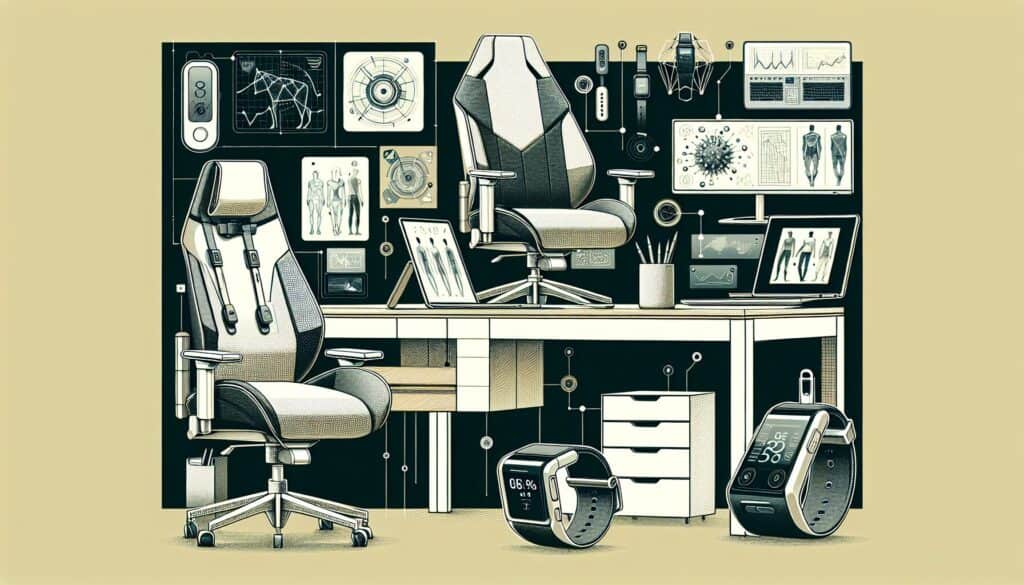A category of ergonomico tools specifically designed to assess and quantify risks associated with working postures.
- Metodologie: Produzione, Qualità
Strumenti di analisi della postura

Strumenti di analisi della postura
- Miglioramento continuo, Ergonomia, Fattori umani, Human-Centered Design, Miglioramento dei processi, Gestione della qualità, Analisi del rischio, Gestione del rischio, Sicurezza
Obiettivo:
Come si usa:
- Questi strumenti prevedono in genere metodi di osservazione (talvolta coadiuvati da software o sensori) per registrare, analizzare e assegnare un punteggio alle posture del corpo in base agli angoli delle articolazioni, alle deviazioni dalle posizioni neutre e alla durata delle posture. Ne sono un esempio RULA, REBA, OWAS.
Professionisti
- Forniscono metodi strutturati per identificare e quantificare i rischi posturali; aiutano a dare priorità agli interventi ergonomici; possono essere utilizzati per monitorare i miglioramenti nel tempo.
Contro
- L'accuratezza può dipendere dalla formazione e dall'esperienza dell'osservatore (per i metodi osservazionali); alcuni strumenti possono essere eccessivamente semplicistici o troppo complessi per determinate applicazioni; spesso si concentrano sulla postura in modo isolato senza integrare pienamente altri fattori di rischio come la forza o la ripetizione (anche se alcuni mirano a farlo).
Categorie:
- Ergonomia
Ideale per:
- Valutare e quantificare i rischi associati alle varie posture di lavoro per prevenire i disturbi muscoloscheletrici.
Posture-based analysis tools such as RULA, REBA, and OWAS are widely applied in industries like manufacturing, healthcare, and office environments, serving to enhance ergonomics and reduce the risk of musculoskeletal disorders. These tools are often utilized during the design phase of work environments or when evaluating existing workflows to identify areas where workers may be exposed to harmful postures. Occupational health specialists, ergonomists, and safety managers typically initiate these analyses, involving cross-discipline teams of engineers, designers, and end-users in the process. In practice, posture analysis can be employed during employee training programs or workspace redesigns, allowing organizations to evaluate the effectiveness of ergonomic interventions over time. Detailed scoring systems enable teams to prioritize high-risk postures, informing the choices of equipment or modifications that could alleviate strain on workers. Coupled with software solutions and sensor technologies, data collected allows for advanced statistical analysis and trend monitoring, facilitating proactive adjustments and contributing to a culture of safety. Industries leveraging these methodologies can track improvements quantitatively, fostering a long-term commitment to worker wellbeing through continuous assessment and iteration of ergonomic solutions.
Fasi chiave di questa metodologia
- Select the postural assessment tool appropriate for the task or environment.
- Observe the subject during typical work tasks, noting key postures and movements.
- Record joint angles and deviations from neutral positions using software or sensors.
- Analyze the collected data to identify posture-related risk factors.
- Score the postures based on established criteria from the selected tool.
- Prioritize risks by categorizing them according to severity and frequency of occurrence.
- Recommend ergonomic interventions based on the analysis and scoring.
- Implement the recommended interventions in the work environment.
- Reassess postures post-intervention to evaluate improvements and adjust strategies as needed.
Suggerimenti per i professionisti
- Incorporate real-time feedback mechanisms using indossabile sensors to enhance data accuracy during posture assessments.
- Utilize video analysis in conjunction with scoring tools for detailed review and identification of specific posture deviations over time.
- Engage multidisciplinary teams, including occupational therapists and ergonomists, to interpret data collectively and prioritize interventions effectively.
Leggere e confrontare diverse metodologie, raccomandiamo il
> Ampio archivio di metodologie <
insieme ad altre 400 metodologie.
I vostri commenti su questa metodologia o ulteriori informazioni sono benvenuti su sezione commenti qui sotto ↓ , così come tutte le idee o i link relativi all'ingegneria.
Contesto storico
1986
(se la data non è nota o non è rilevante, ad esempio "meccanica dei fluidi", viene fornita una stima approssimativa della sua notevole comparsa)

Post correlati
Simulazione di Monte Carlo
Test basati su modelli
Controllo del modello
Ricerca con metodi misti
A prova di errore (Poka-Yoke)
Test del profilo di missione